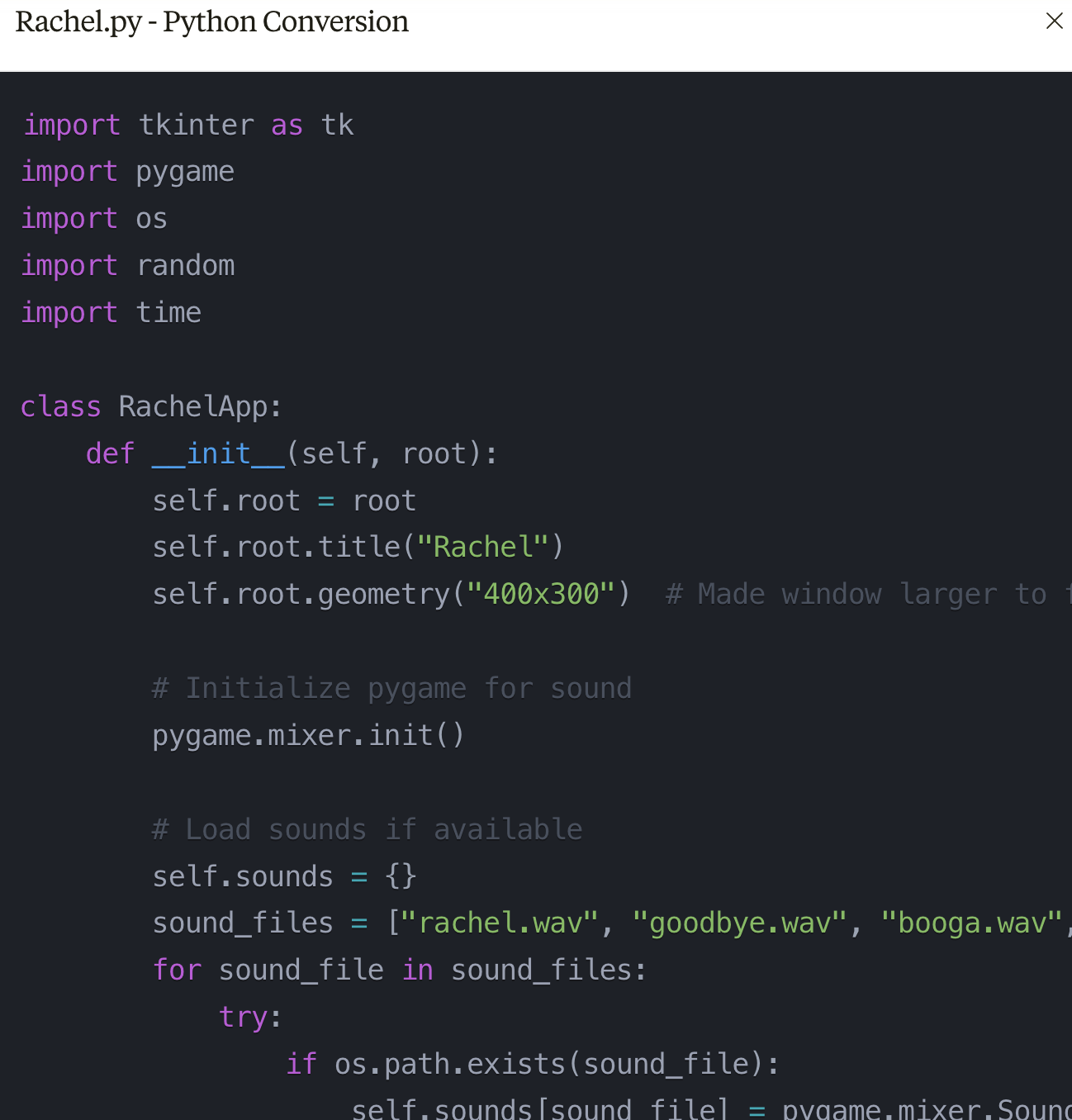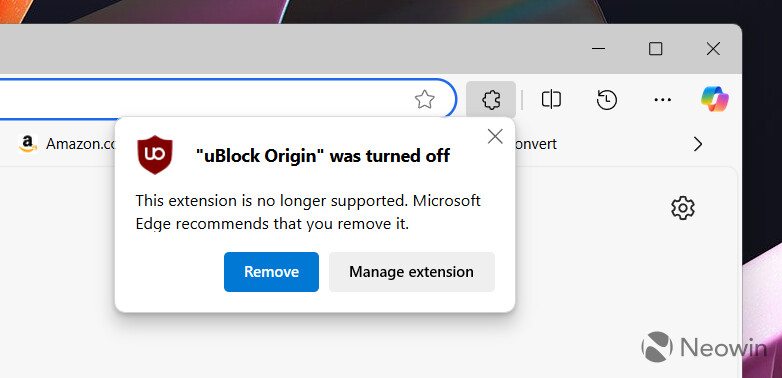Apple users noticed a change in 2023, “when streaming platforms like Netflix, HBO Max, Amazon Prime, and the Criterion Channel imposed a quiet embargo on the screenshot,” noted the film blog Screen Slate: At first, there were workarounds: users could continue to screenshot by using the browser Brave or by downloading extensions or third-party tools like Fireshot. But gradually, the digital-rights-management tech adapted and became more sophisticated. Today, it is nearly impossible to take a screenshot from the most popular streaming services, at least not on a Macintosh computer. The shift occurred without remark or notice to subscribers, and there’s no clear explanation as to why or what spurred the change…
For PC users, this story takes a different, and happier, turn. With the use of Snipping Tool — a utility exclusive to Microsoft Windows, users are free to screen grab content from all streaming platforms. This seems like a pointed oversight, a choice on the part of streamers to exclude Mac users (though they make up a tiny fraction of the market) because of their assumed cultural class.
“I’m not entirely sure what the technical answer to this is,” tech blogger John Gruber wrote this weekend, “but on MacOS, it seemingly involves the GPU and video decoding hardware…” These DRM blackouts on Apple devices (you can’t capture screenshots from DRM video on iPhones or iPads either) are enabled through the deep integration between the OS and the hardware, thus enabling the blackouts to be imposed at the hardware level. And I don’t think the streaming services opt into this screenshot prohibition other than by “protecting” their video with DRM in the first place. If a video is DRM-protected, you can’t screenshot it; if it’s not, you can.
On the Mac, it used to be the case that DRM video was blacked-out from screen capture in Safari, but not in Chrome (or the dozens of various Chromium-derived browsers). But at some point a few years back, you stopped being able to capture screenshots from DRM videos in Chrome, too — by default. But in Chrome’s Settings page, under System, if you disable “Use graphics acceleration when available” and relaunch Chrome, boom, you can screenshot everything in a Chrome window, including DRM video…
What I don’t understand is why Apple bothered supporting this in the first place for hardware-accelerated video (which is all video on iOS platforms — there is no workaround like using Chrome with hardware acceleration disabled on iPhone or iPad). No one is going to create bootleg copies of DRM-protected video one screenshotted still frame at a time — and even if they tried, they’d be capturing only the images, not the sound. And it’s not like this “feature” in MacOS and iOS has put an end to bootlegging DRM-protected video content.
Gruber’s conclusion? “This ‘feature’ accomplishes nothing of value for anyone, including the streaming services, but imposes a massive (and for most people, confusing and frustrating) hindrance on honest people simply trying to easily capture high-quality (as opposed to, say, using their damn phone to take a photograph of their reflective laptop display) screenshots of the shows and movies they’re watching.”
Source: ‘Why Can’t We Screenshot Frames From DRM-Protected Video on Apple Devices?
And for that matter, there are plenty of apps that refuse screen shotting – I thought Android was the customisable one?











